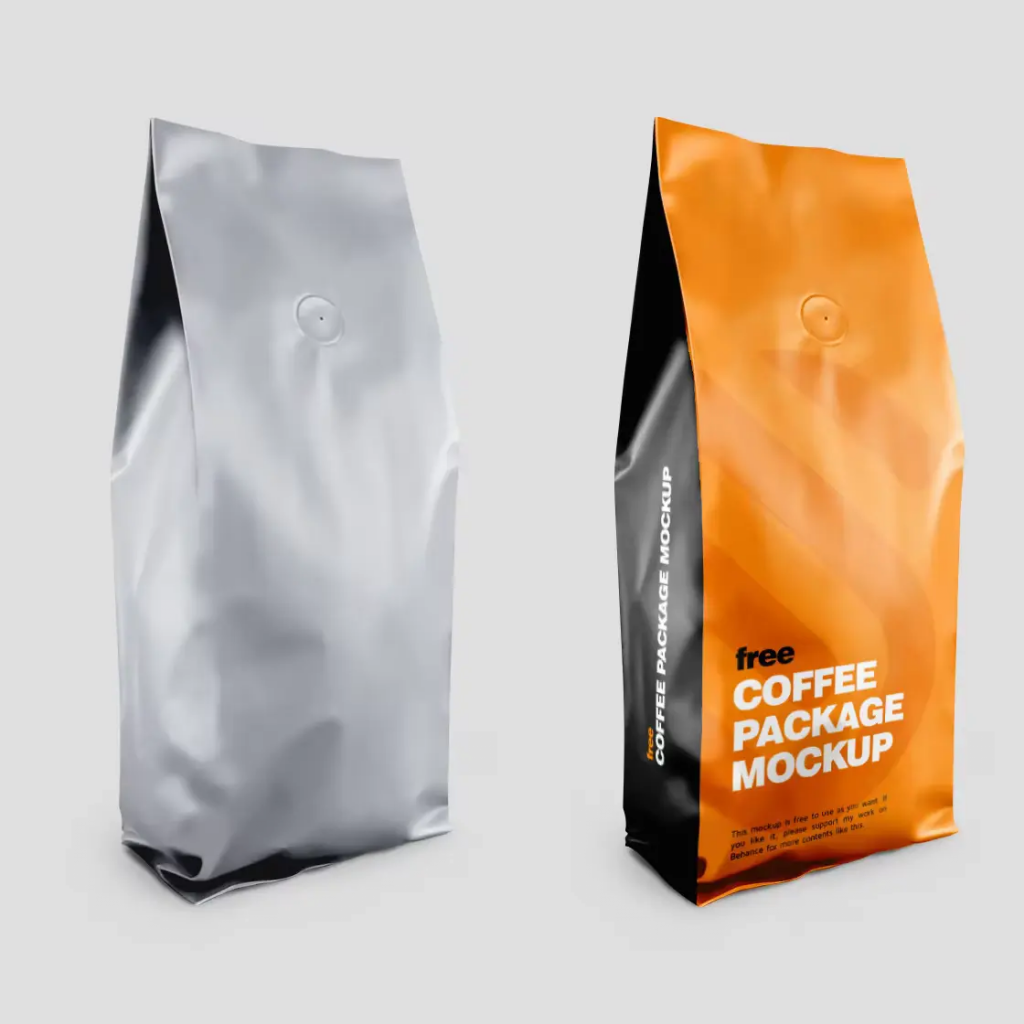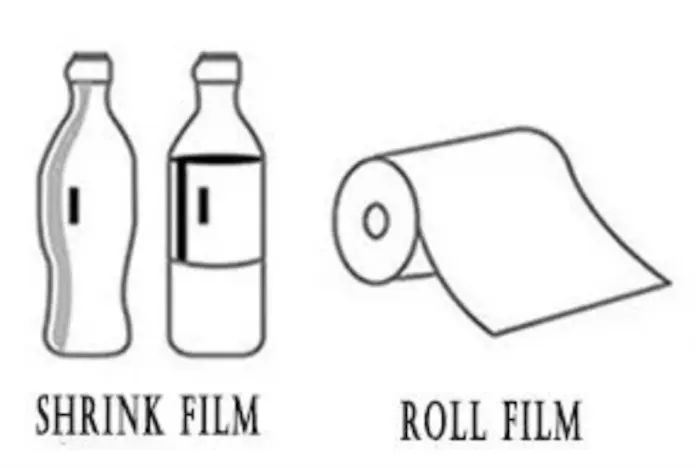WeChat:
+86-189 7322 3283
What’s app::
+86-13630093256
Content Menu
● Understanding Food Packaging for Frozen Food
>> Key Materials Used in Frozen Food Packaging
>> Design Considerations for Frozen Food Packaging
● Current Market Trends in Frozen Food Packaging
>> Shift Towards Sustainability
>> Convenience and Ready-to-Eat Options
● Sustainability in Frozen Food Packaging
● FAQs
>> 1. What is the best type of packaging for preventing freezer burn?
>> 2. Are there eco-friendly alternatives to plastic packaging for frozen foods?
>> 3. Can I reuse Ziplock bags for freezing food?
>> 4. What materials are commonly used in frozen food packaging?
>> 5. How can brands improve the sustainability of their packaging?
In the rapidly evolving world of food packaging, Xinshunheng Industrial Co., Ltd. stands at the forefront, providing innovative OEM solutions for brands and wholesalers in the frozen food sector. As consumer preferences shift towards convenience and sustainability, the demand for effective food packaging for frozen food has surged. This article explores the various materials, design considerations, market trends, and sustainability efforts in frozen food packaging, ensuring that brands can meet consumer expectations while maintaining product integrity.

Food packaging for frozen food serves multiple purposes: it protects the product, extends shelf life, and enhances consumer appeal. The right packaging not only preserves the quality of frozen foods but also plays a crucial role in branding and marketing.
The choice of materials is critical in frozen food packaging. Here are some of the most commonly used materials:
1. Plastic Films: Polyethylene (PE) and polypropylene (PP) are popular due to their flexibility and moisture barrier properties. They are often used in vacuum-sealed bags and pouches, which help prevent freezer burn and extend shelf life.
2. Cardboard and Paperboard: These materials are eco-friendly options that provide structural support. They are often used for secondary packaging, such as boxes for frozen pizzas or meals. Cardboard is recyclable, making it a sustainable choice.
3. Aluminum: Known for its excellent barrier properties, aluminum is used in trays and foil packaging. It protects against light, moisture, and air, ensuring the quality of frozen foods.
4. Glass: While heavier and more fragile, glass containers are used for premium frozen products like ice cream and frozen meals. They provide excellent insulation and are recyclable.
5. Biodegradable Materials: With the rise of eco-conscious consumers, biodegradable packaging options made from plant-based materials are gaining popularity. These materials break down naturally, reducing environmental impact.
When designing packaging for frozen foods, several factors must be considered:
– Temperature Resistance: Packaging must withstand extreme cold without losing structural integrity. Materials like polyethylene and polypropylene are often chosen for their durability in freezing conditions.
– Visual Appeal: Packaging should be attractive and informative. Eye-catching designs and clear labeling can significantly influence consumer purchasing decisions.
– Convenience Features: Resealable bags and easy-open packaging enhance user experience, making it easier for consumers to access the product while minimizing waste.
– Compliance with Regulations: Packaging must meet food safety standards and include necessary labeling, such as nutritional information and storage instructions.
The frozen food packaging market is experiencing significant growth, driven by changing consumer preferences and technological advancements. Here are some key trends:
As consumers become more environmentally conscious, there is a growing demand for sustainable packaging solutions. Brands are increasingly adopting recyclable and biodegradable materials to reduce their carbon footprint. Innovations in packaging technology, such as the use of post-consumer recycled content, are also on the rise.
The demand for convenience foods continues to grow, particularly among busy consumers. Packaging solutions that offer single-serve portions, microwave-safe options, and easy-to-open features are becoming increasingly popular. This trend is particularly evident in the rise of frozen snacks and mini-portioned products.
Advancements in freezing technology, such as individual quick freezing (IQF) and blast freezing, are improving product quality and shelf life. These technologies help maintain the nutritional value and texture of frozen foods, meeting consumer expectations for freshness.
Sustainability is a critical focus for the frozen food industry. Brands are exploring various strategies to minimize their environmental impact:
The use of recyclable and biodegradable materials is becoming standard practice. Brands are investing in packaging made from renewable resources, such as plant-based plastics and recycled paperboard.
Minimizing packaging material is essential for sustainability. Brands are adopting right-size packaging principles to reduce excess material while ensuring product protection.
Educating consumers about the importance of sustainable packaging and proper disposal methods is crucial. Brands that communicate their sustainability efforts effectively can enhance their reputation and build consumer loyalty.
As the frozen food market continues to evolve, Xinshunheng Industrial Co., Ltd. remains committed to providing innovative and sustainable packaging solutions. By understanding the materials, design considerations, and market trends, brands can effectively meet consumer demands while contributing to a more sustainable future.

Vacuum-sealed packaging is highly effective at preventing freezer burn by removing air and creating a tight seal around the food.
Yes, biodegradable packaging materials like corn starch and sugarcane fiber, as well as recyclable options like paper and aluminum, are eco-friendly alternatives.
Yes, Ziplock bags can be reused for freezing food, but ensure they are cleaned properly before reuse.
Common materials include plastic films, cardboard, aluminum, and glass.
Brands can improve sustainability by using recyclable materials, minimizing packaging waste, and educating consumers about proper disposal methods.
Hot Tags:Best Packaging Materials For Frozen Food,Sustainable Packaging Solutions For Frozen Products,Freezer-Safe Food Packaging Options,Insulated Packaging For Frozen Meals,Vacuum-Sealed Packaging For Frozen Foods, manufacturers, Customized, custom, suppliers, buy, cheap, Quality, Advanced, Durable, in stock, free sample, made in China, price, quotation